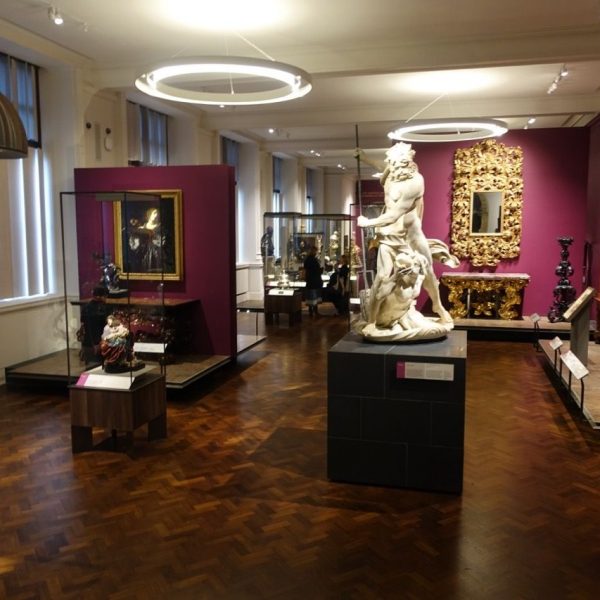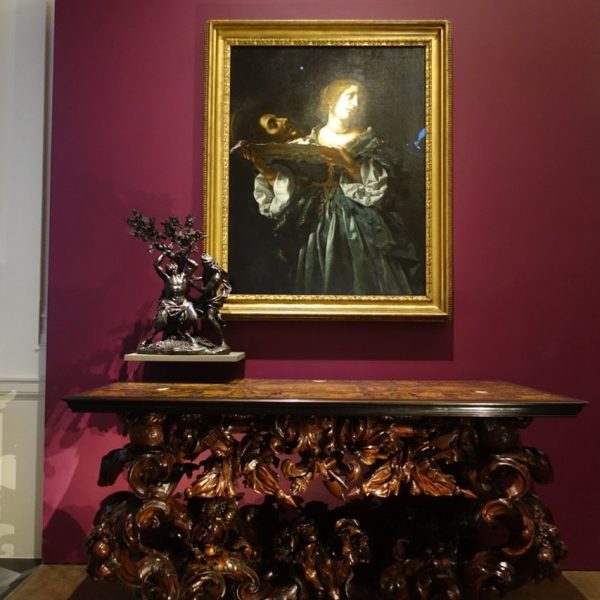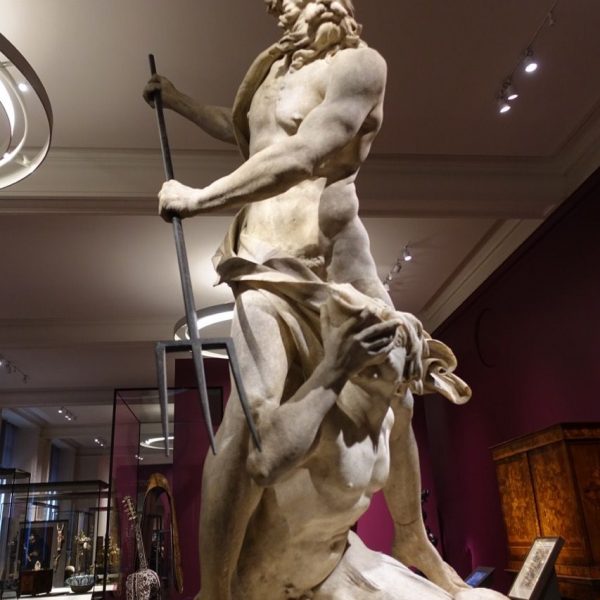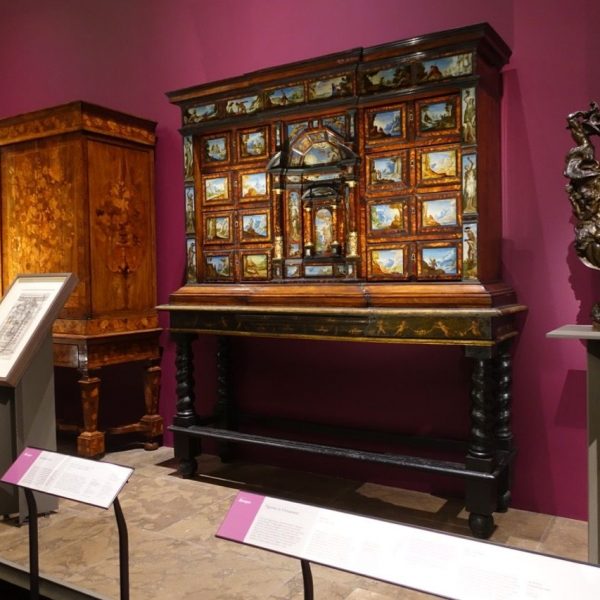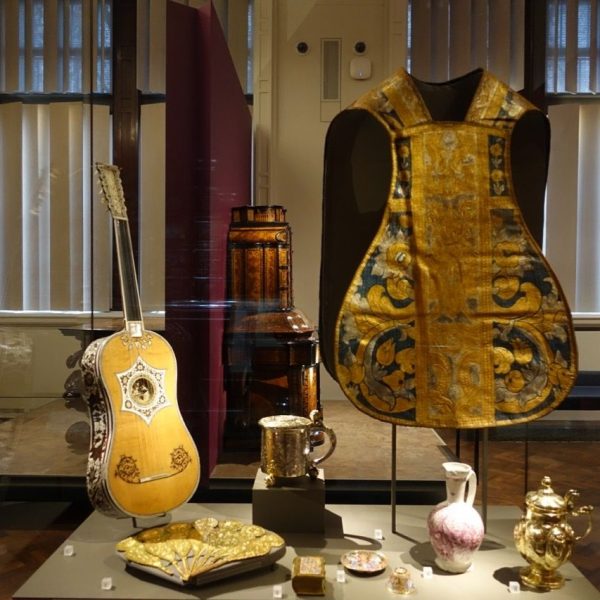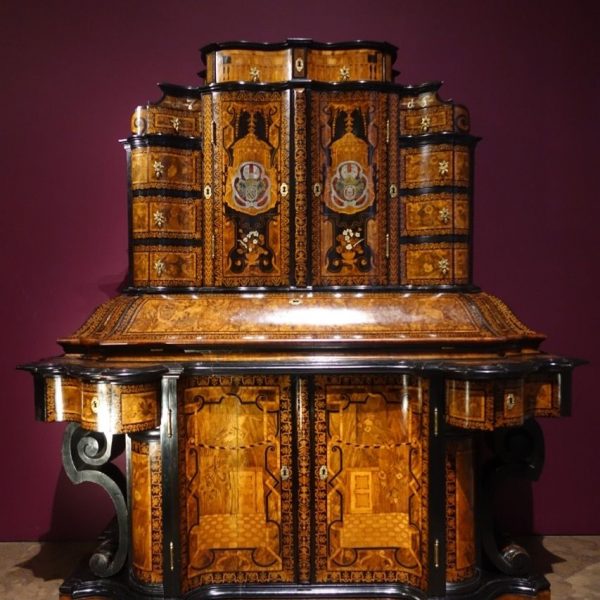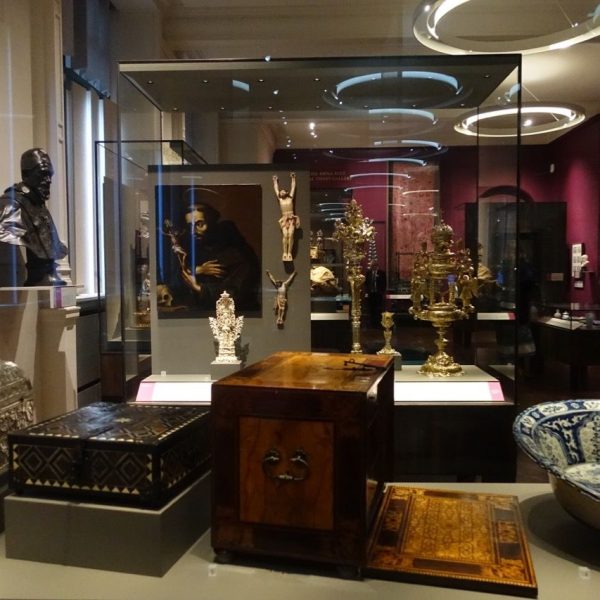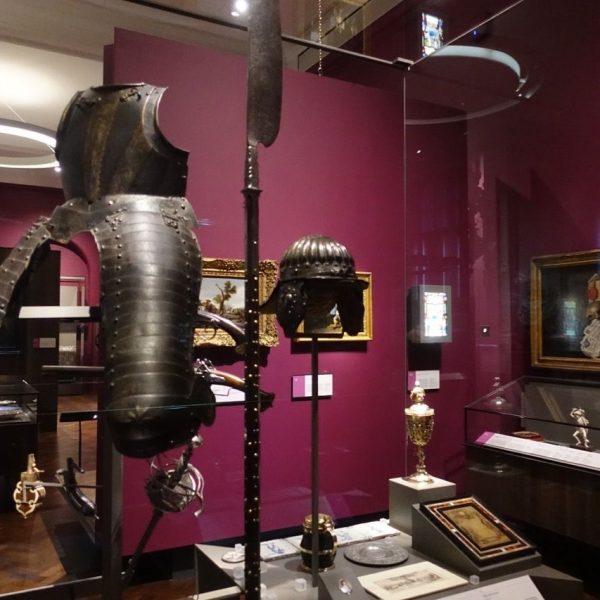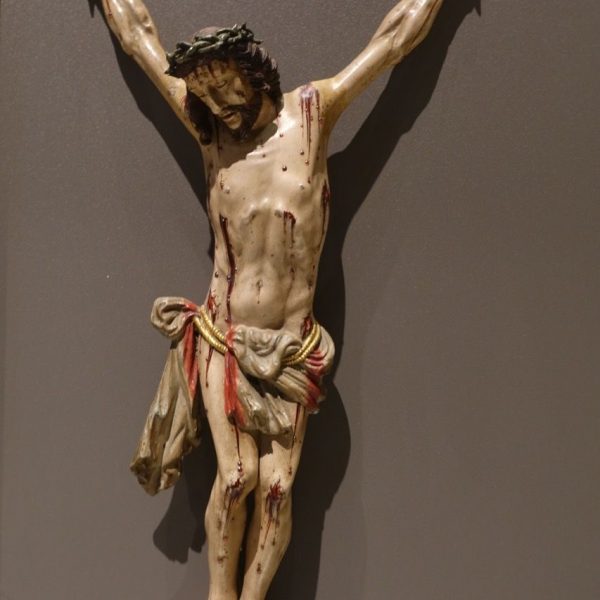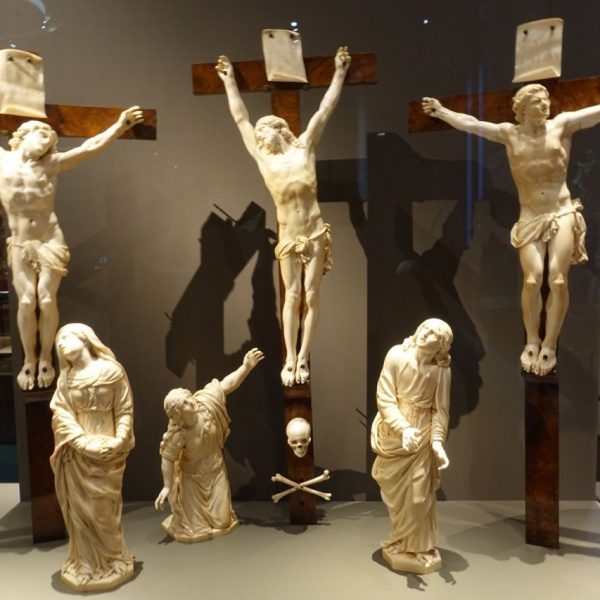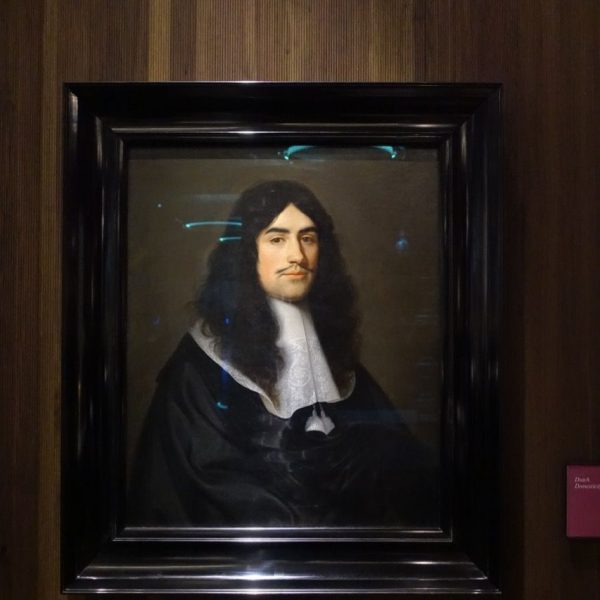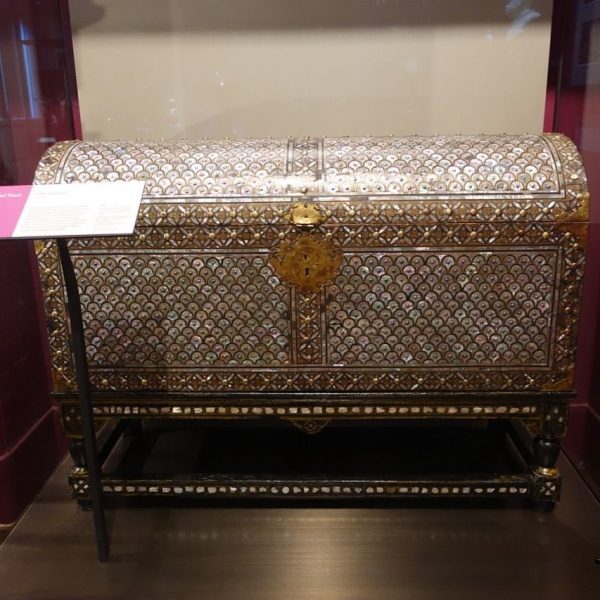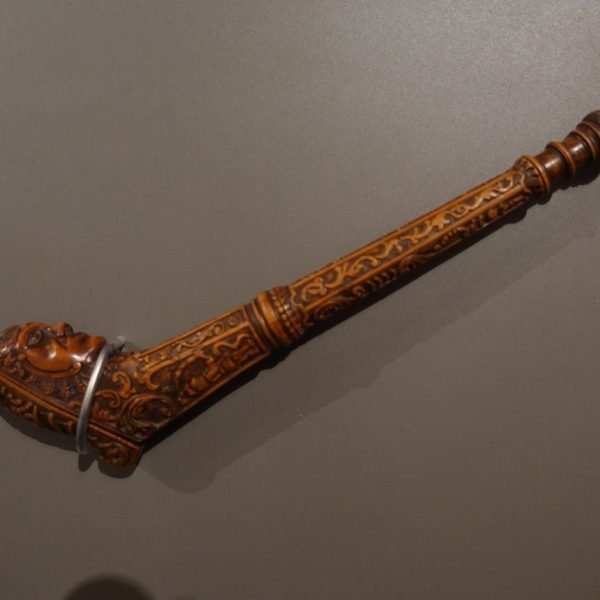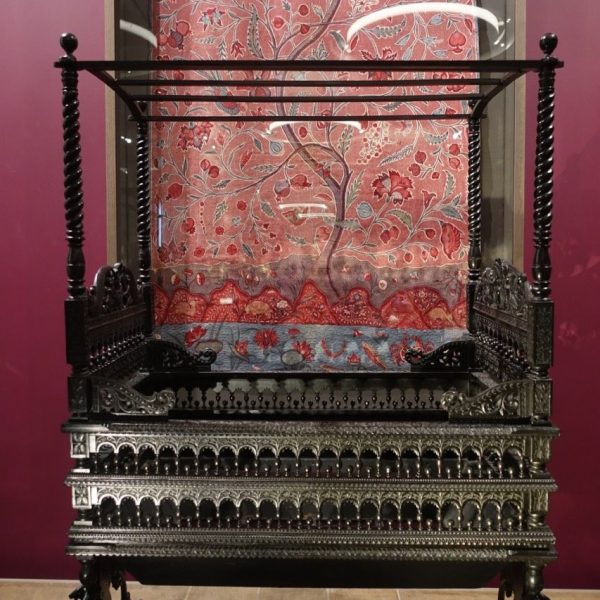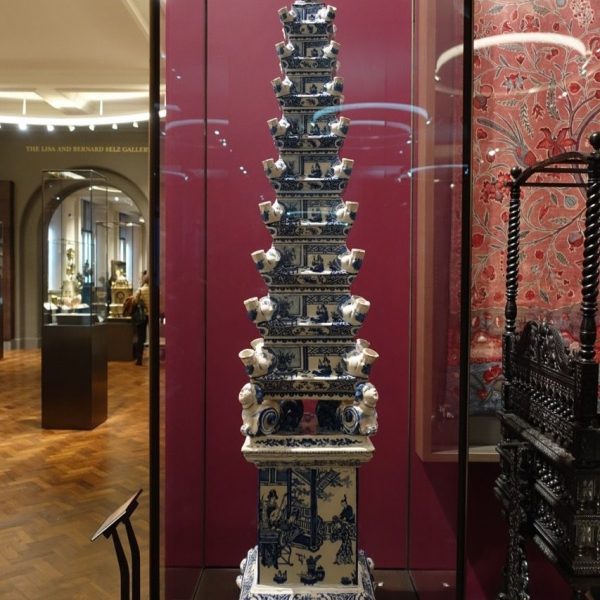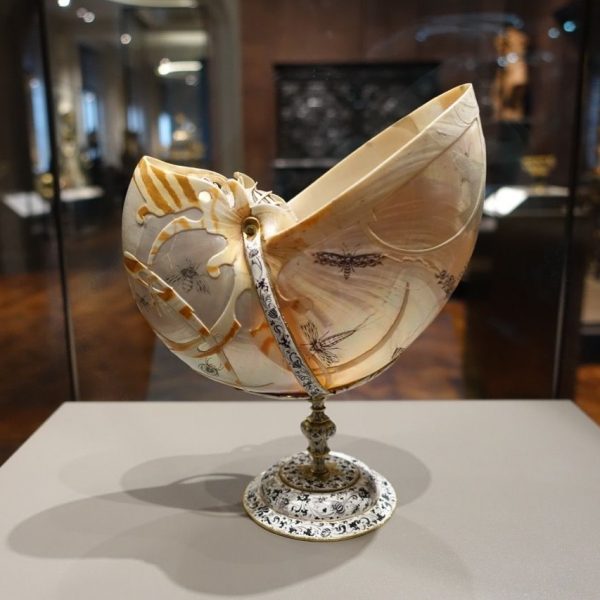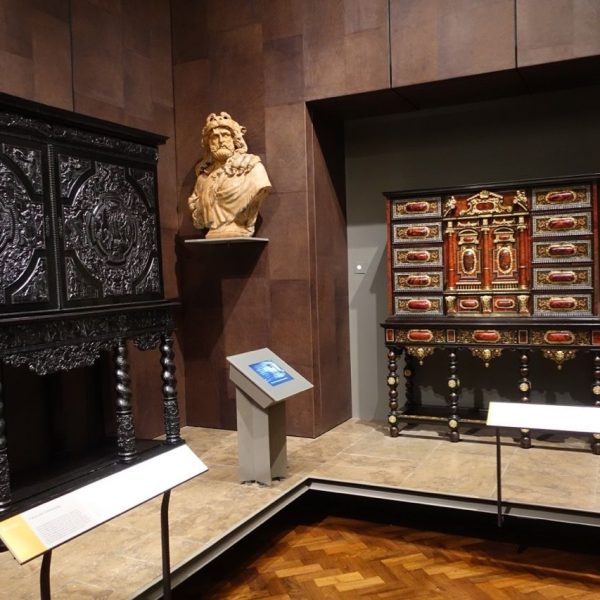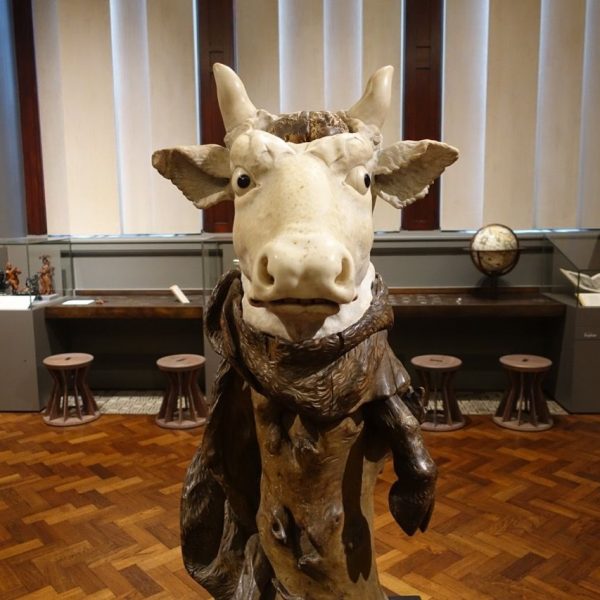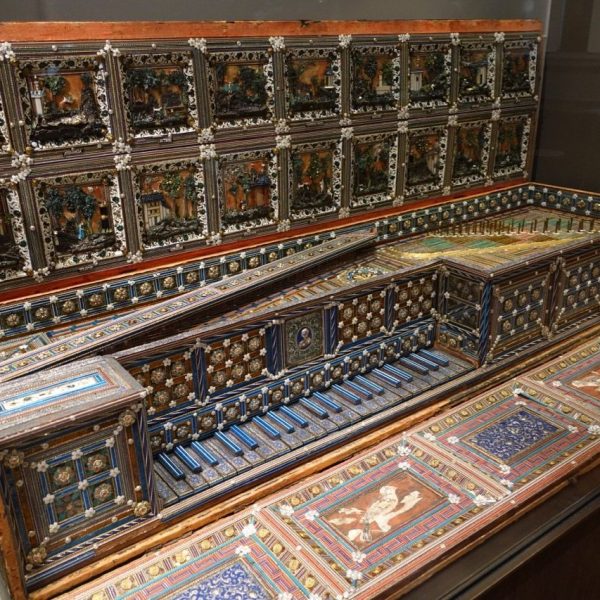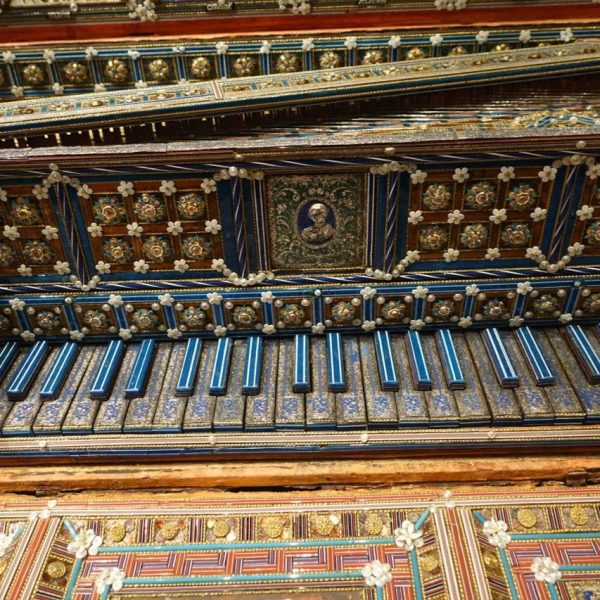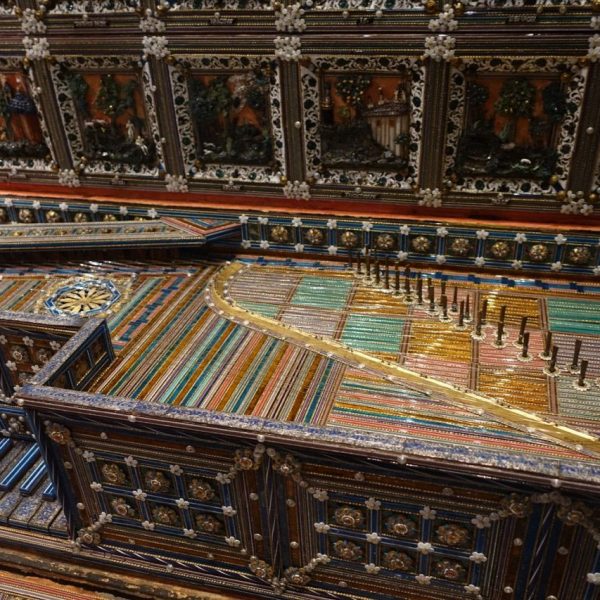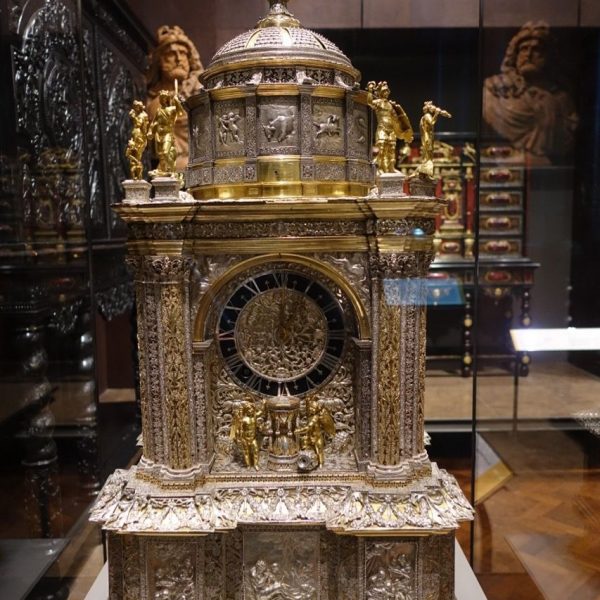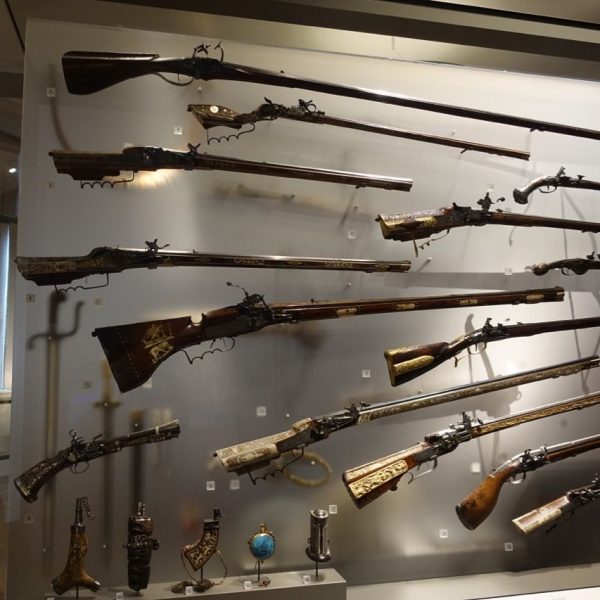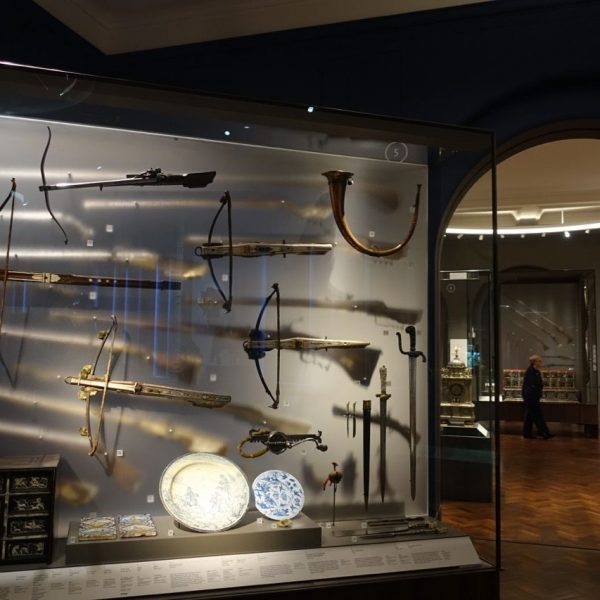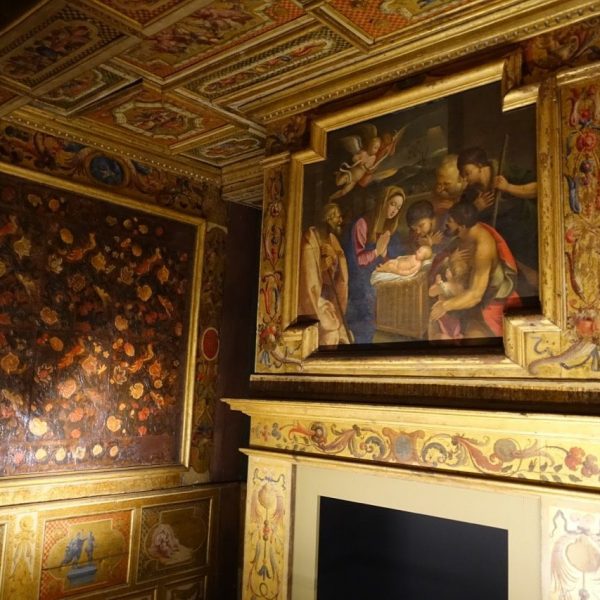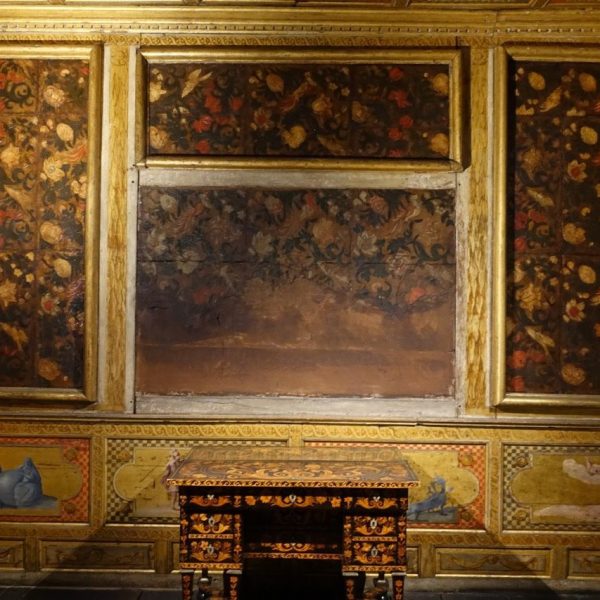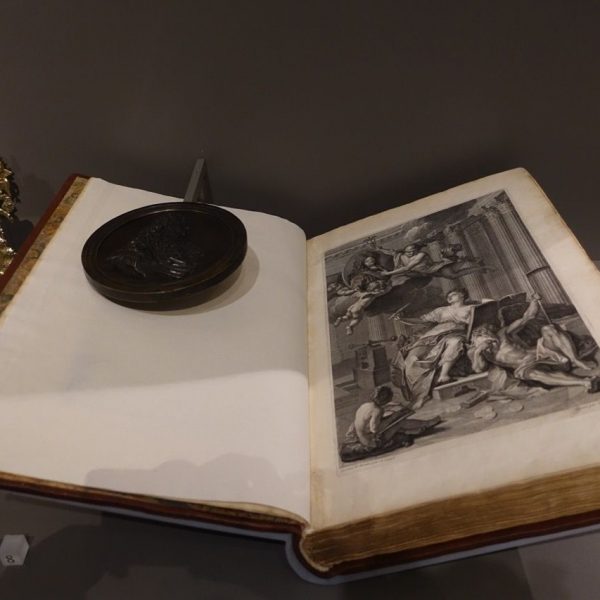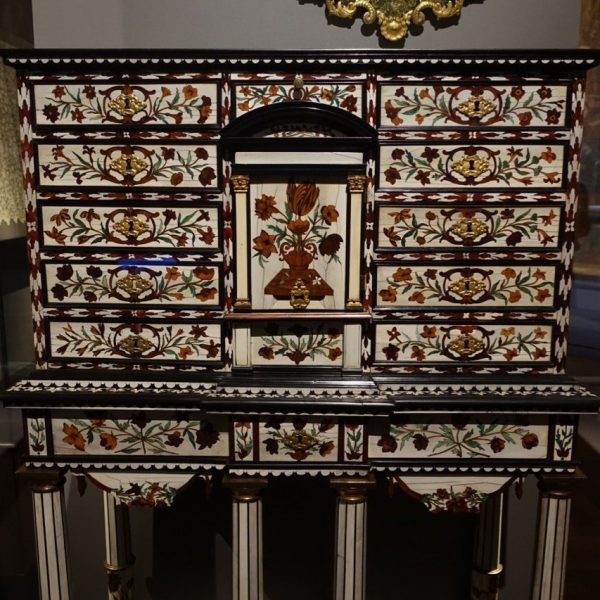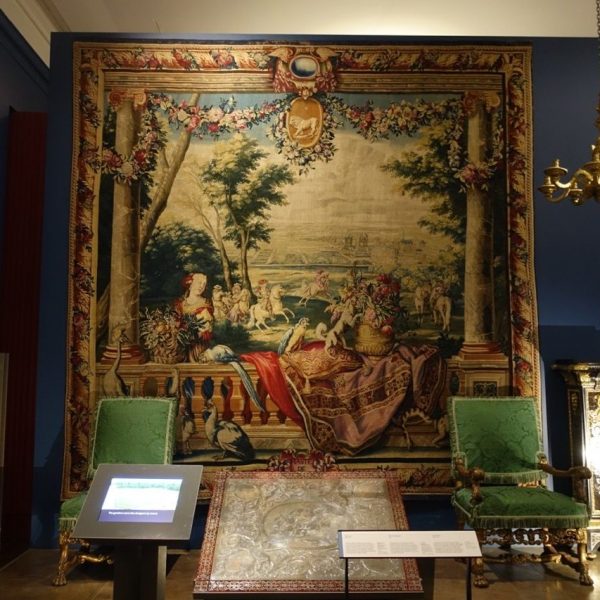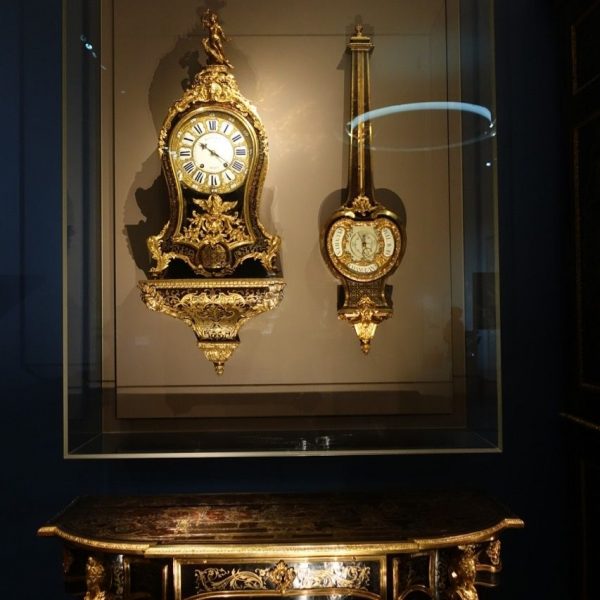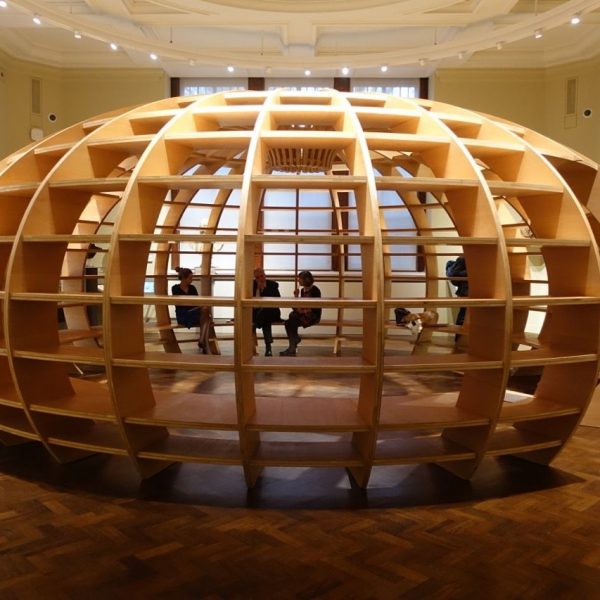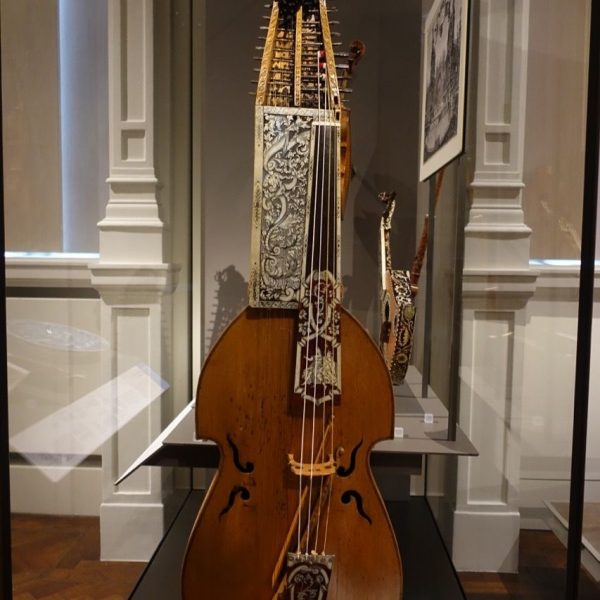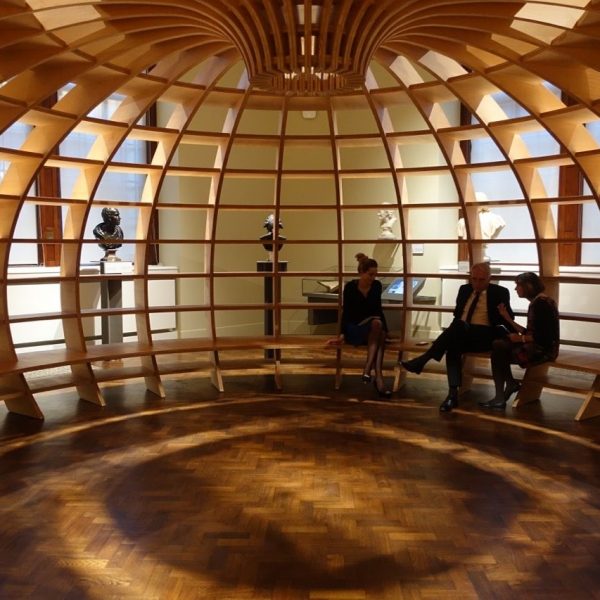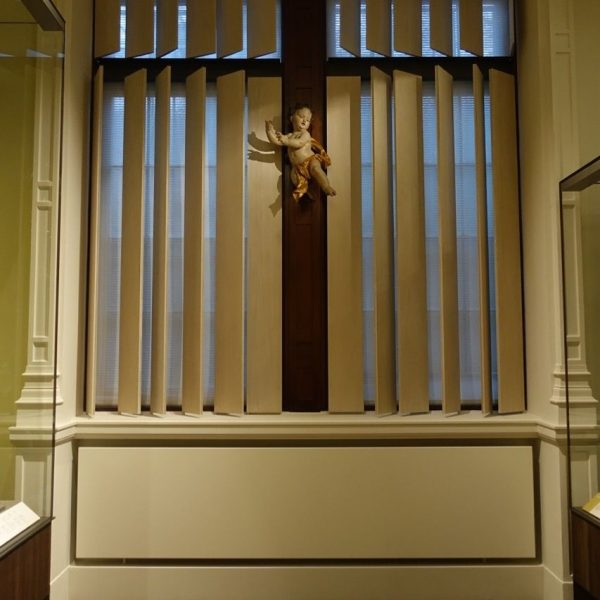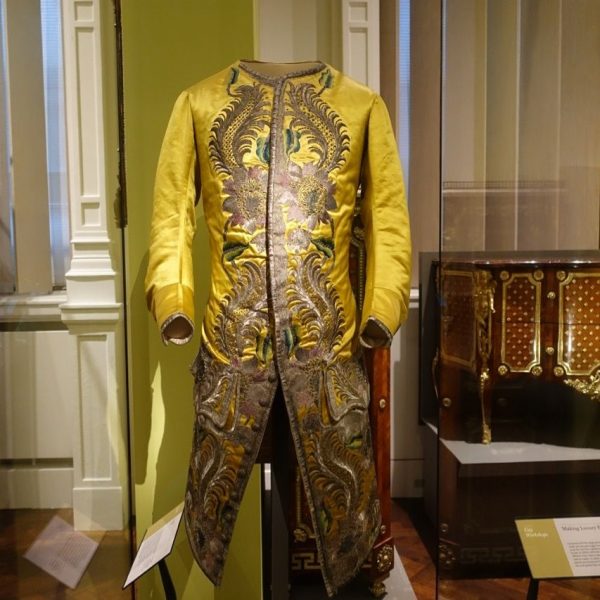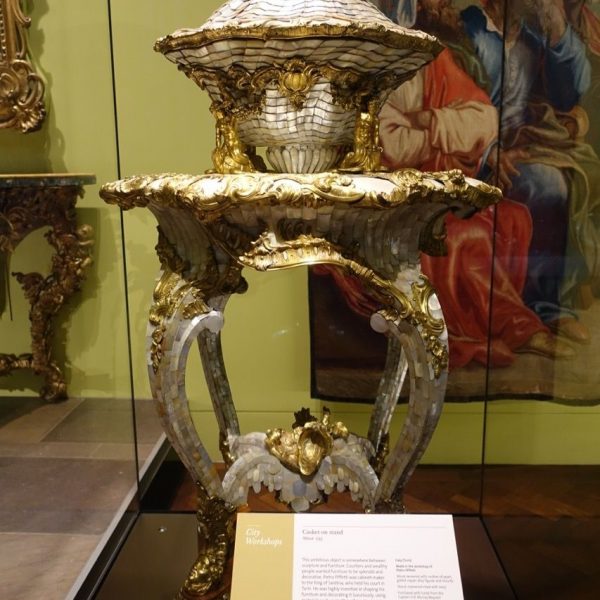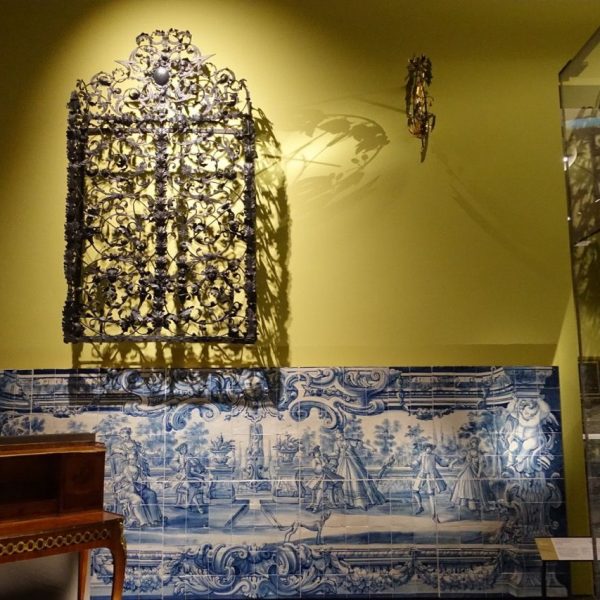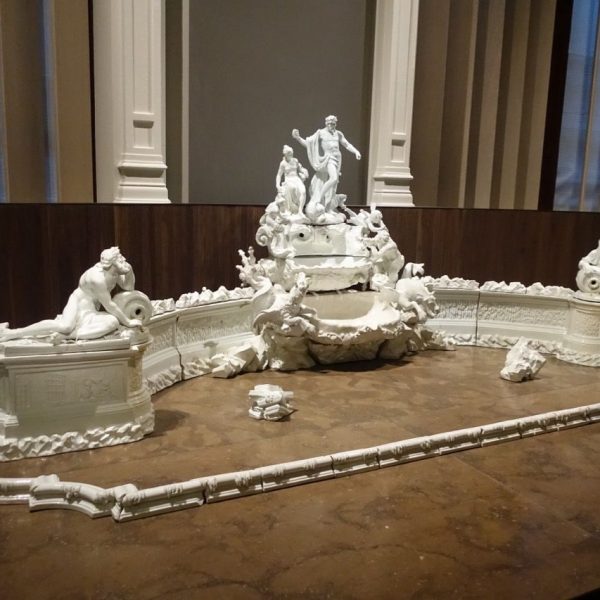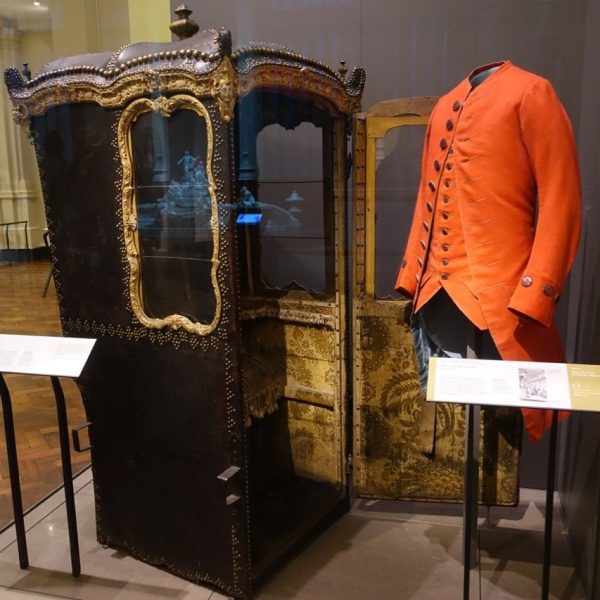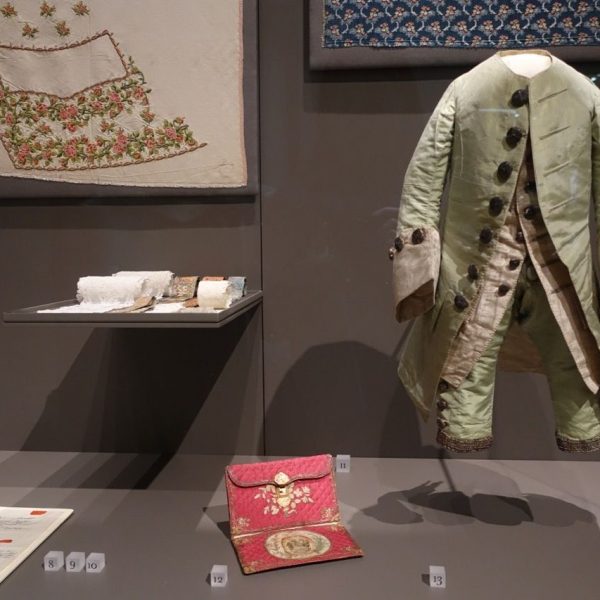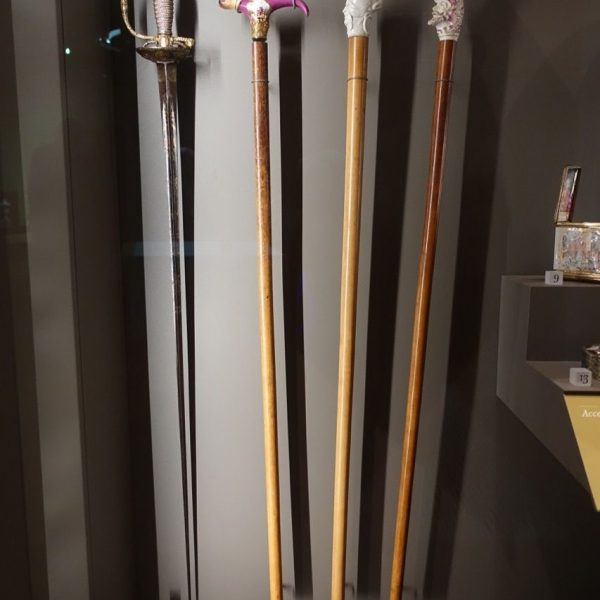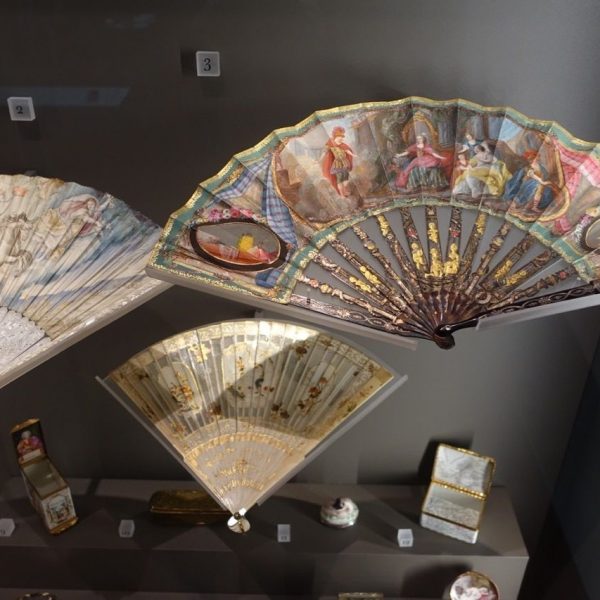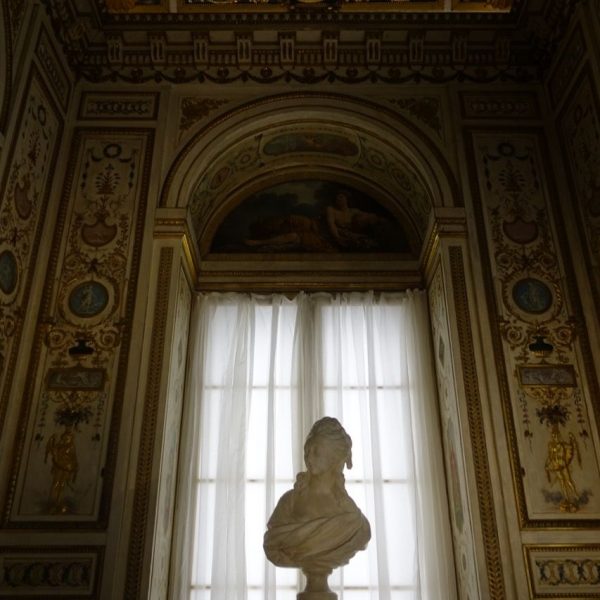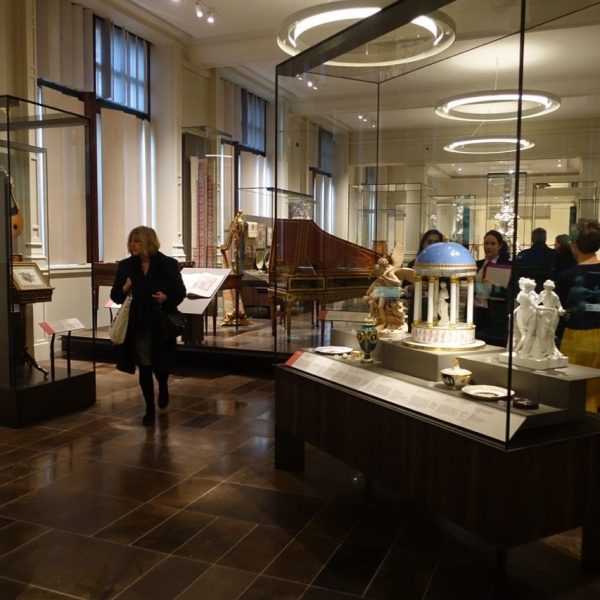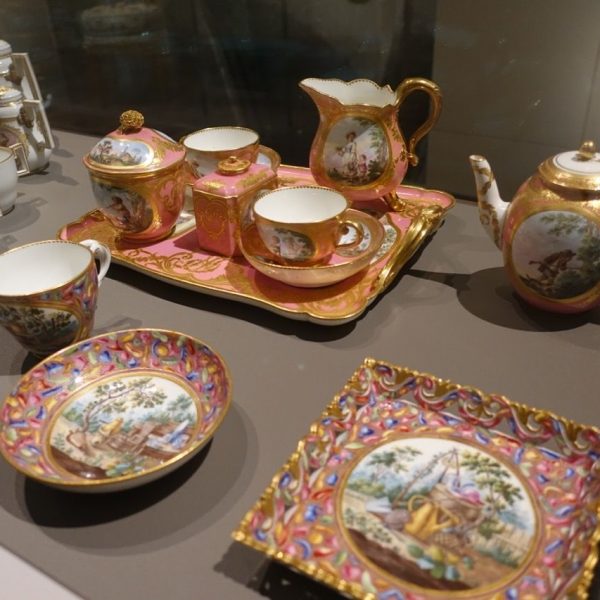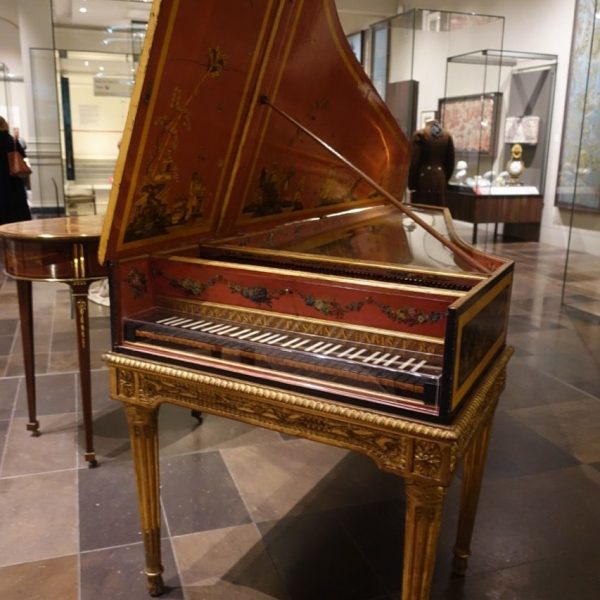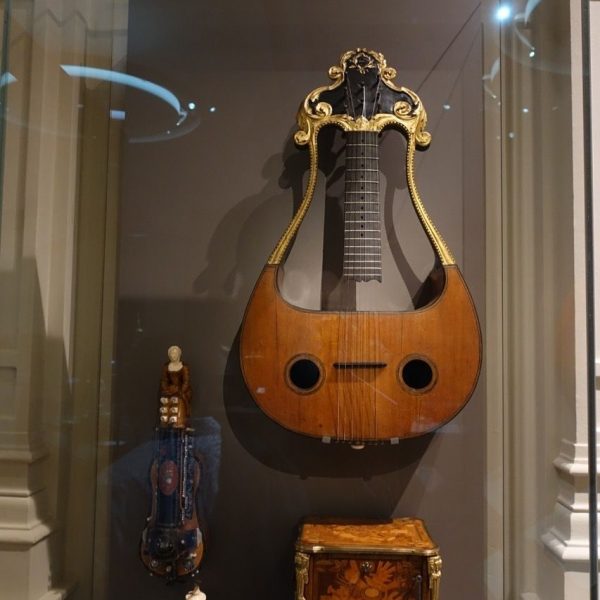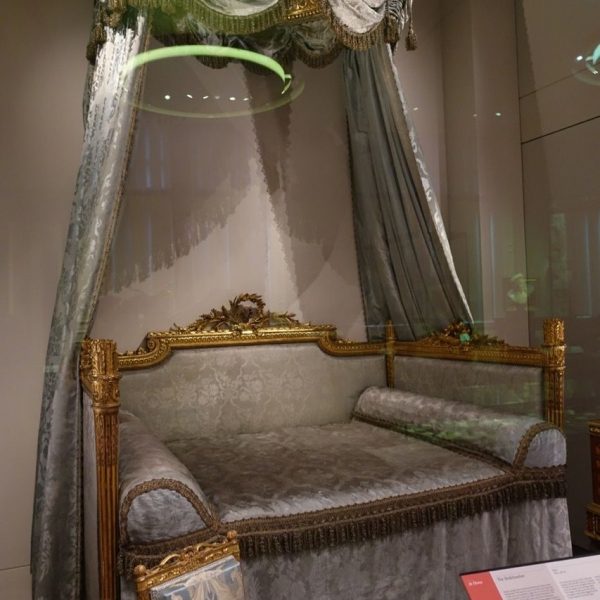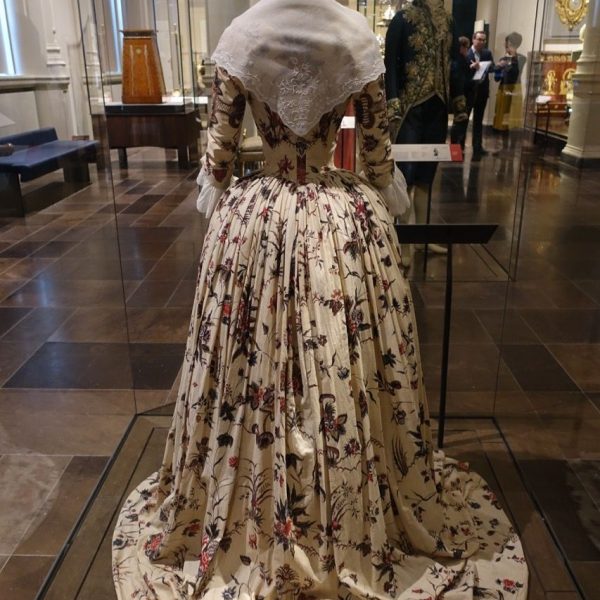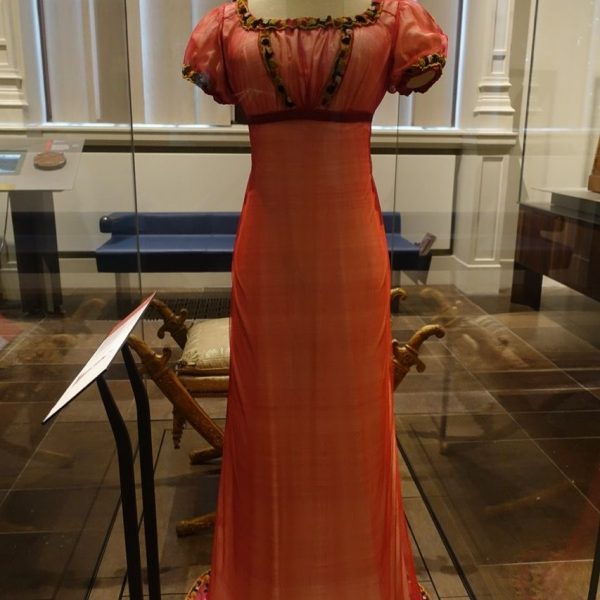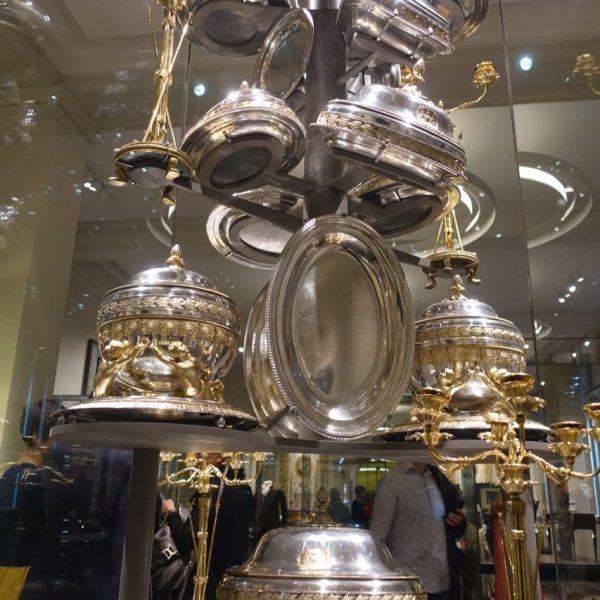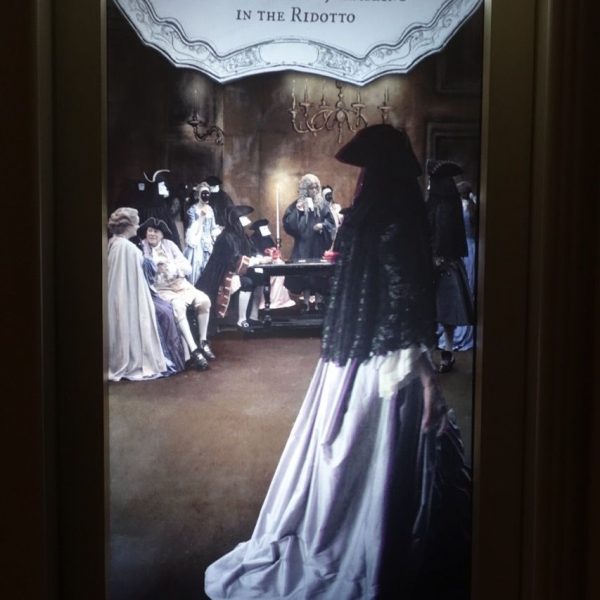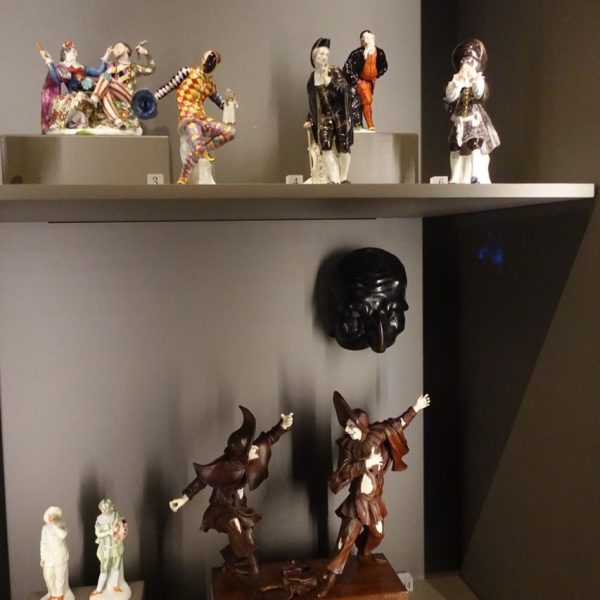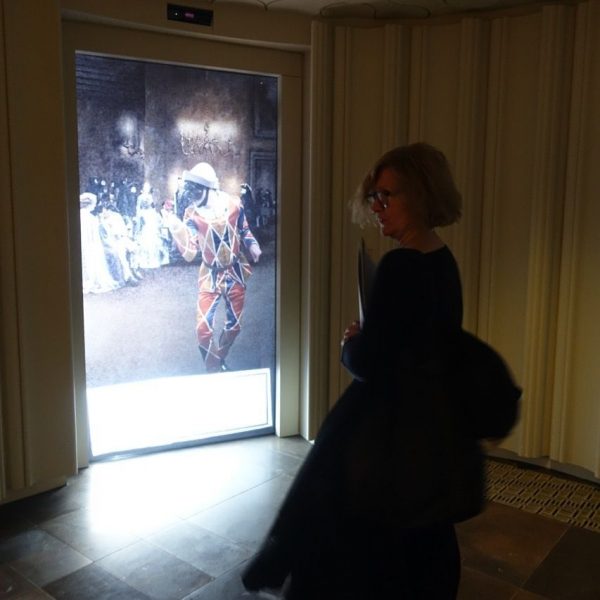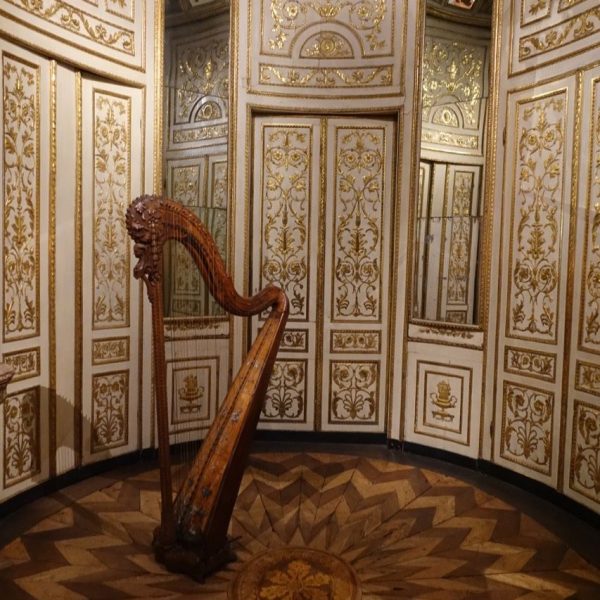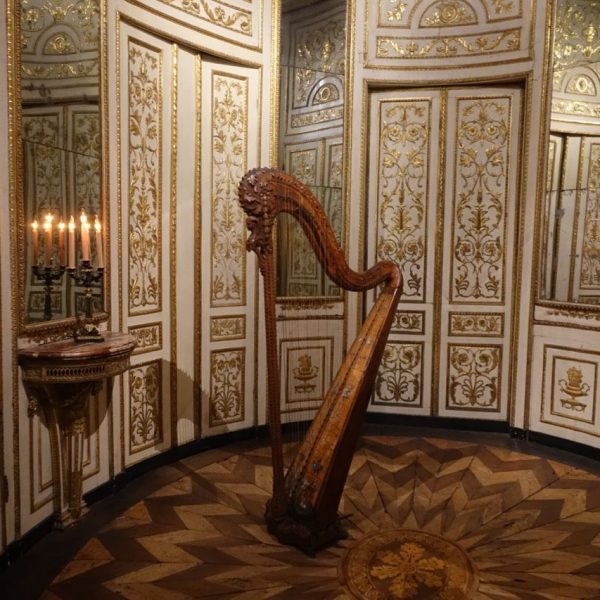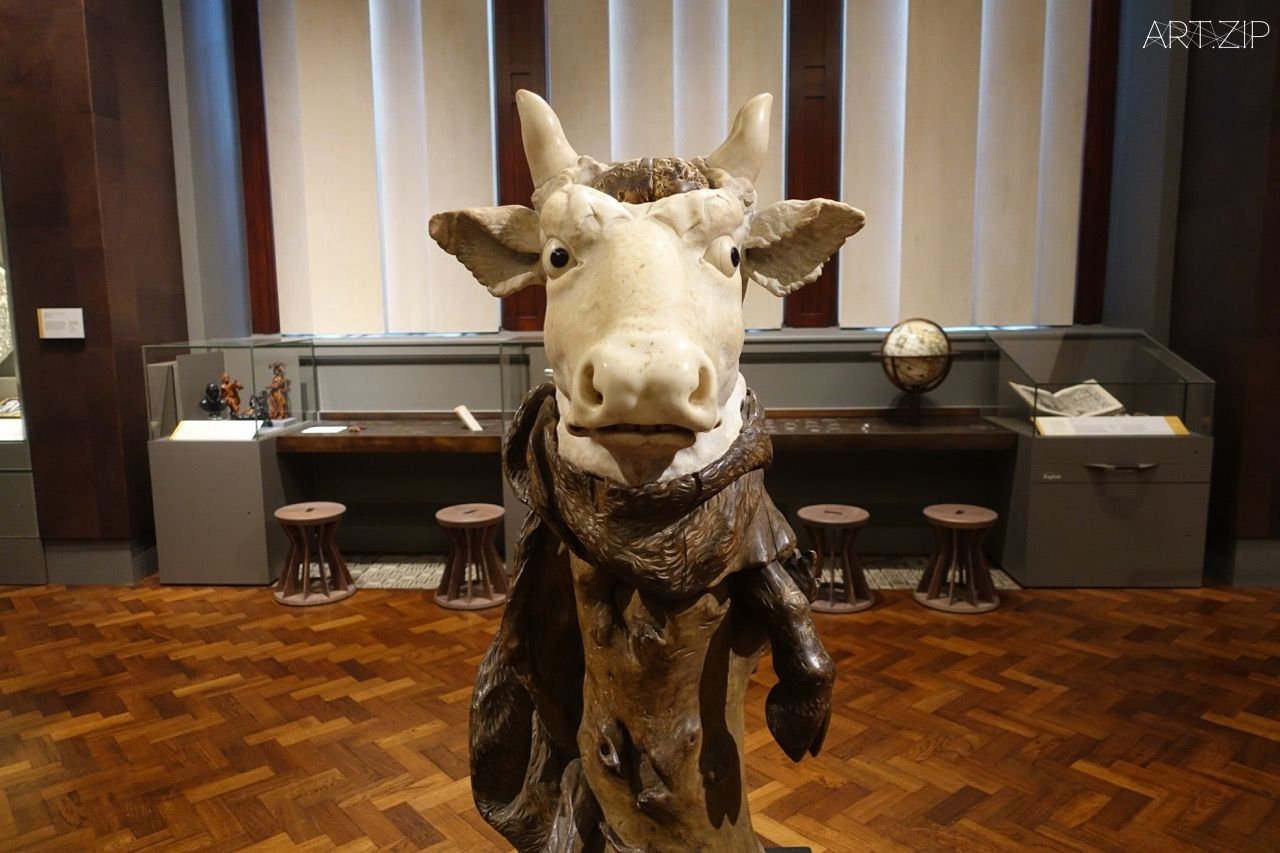
The installation of nearly 1,100 objects is nearing completion as the V&A prepares to open a new suite of galleries dedicated to the arts of living in Europe between 1600 and 1815. Seven galleries transformed for the redisplay of the Museum’s unrivalled collection of 17th- and 18th-century European art and design will be unveiled to the public on 9 December 2015. A major part of the V&A’s ongoing redevelopment programme known as FuturePlan, fundraising for the £12.5m project is now complete thanks to lead support of £4.3million from the Heritage Lottery Fund (HLF) and the generosity of a number of donors, private individuals and trusts.
In its prominent position next to the V&A’s grand entrance, Europe 1600-1815 continues the story of art and design that begins in the award-winning Medieval & Renaissance galleries (opened 2009) and completes the restoration of the entire front wing of the Museum. Four large galleries will introduce the story in chronological sequence, alternating with three smaller galleries that focus on specific activities: collecting in the Cabinet; entertainment and glamour in the Masquerade and enlightened thought in the Salon (which includes a contemporary installation from artist collective Los Carpinteros). Three historical interiors will invite visitors to imagine life in the personal spaces of the time: a 17th-century French bedchamber; a Parisian cabinet from the reign of Louis XVI and a mirrored room from 18th-century Italy.
The collection comprises some of the most magnificent works held by the V&A, including spectacular examples of textiles and fashion, painting and sculpture, ceramics and glass, furniture and metalwork, prints and books. Many objects were made in Europe by its finest artists and craftsmen for the period’s most discerning leaders of taste such as Louis XIV, Marie Antoinette, Catherine the Great and Napoleon.
The displays will demonstrate how France succeeded Italy as the undisputed leader of fashionable art and design in Europe in the second half of the 17th century. They will also show how – for the first time ever – Europeans systematically explored, exploited and collected resources from Africa, Asia and the Americas.
Martin Roth, V&A Director, said: “These new galleries are a major development in our ambitious programme to renew the architecture of the V&A for the 21st century and, at the same time, re-examine and re-present our collection for our visitors. At a time when roles and relationships within Europe and the world are under scrutiny, it is interesting to explore the objects, makers and patrons of a period that was so influential upon the habits and lifestyle of Europe today.”
Sir Peter Luff, Chair of HLF, said: “The opening of the Europe 1600-1815 Galleries is witness to the V&A’s vision and commitment to redeveloping its South Kensington site. The seven galleries are of international importance meriting a dramatic refresh and a complementary programme of activities to attract and inspire a new generation of museum visitors. It’s thanks to National Lottery players that we have been able to support this key piece of the wider FuturePlan jigsaw.”
A large, highly ornate Rococo writing cabinet made for Augustus III and acquired in 1977 from the celebrated sale of Mentmore Towers, Buckinghamshire will be exhibited for the first time since its recent conservation. Another newly conserved highlight on display will be a grand 18th-century bed from the Parisian workshop of George Jacob. A supplier to royal courts across Europe, Jacob survived the French Revolution and later made furniture for Napoleon.
The collection includes several outstanding bequests, notably from John Jones, a military tailor who left his exceptional collection of French decorative arts to the Museum in 1882 and who is the subject of a special display within the galleries. A number of significant new acquisitions will be exhibited for the first time at the Museum including a 17thcentury Venetian table by Lucio de Lucci, acquired after a temporary export ban in 2012. The magnificent oil painting The Château de Juvisy, by Pierre-Denis Martin, a rare, accurate depiction of the architecture and bustling life of an estate near Paris in the 17th century, will be a centrepiece of the gallery exploring the rise of French cultural dominance during the period. The work was secured for the nation in 2014 thanks to a major public appeal and support from the Friends of the V&A, the Art Fund and others. Preparation for the reopening has included a full reinterpretation of the collection and many important objects have undergone conservation: several large tapestries have been cleaned at De Wit Royal Manufacturers of Tapestries in Mechelen, Belgium, including the Gobelins tapestry after the Poussin painting The infant Moses tramples on Pharoah’s crown manufactured in Paris in the 1680s. Fashion garments, furniture and textiles have been conserved in the V&A’s world-renowned studios and a Meissen table fountain has been meticulously researched and rebuilt for the first time since its acquisition in 1870.
The V&A has worked with architectural practice ZMMA on the redesign of the galleries. The project has seen the complete removal of the interior cladding added in the 1970s and reclaimed back of house storage space. The combined effect enlarges the galleries by almost a third to 1,550 square meters. Natural light has been returned to the spaces with previously obscured windows uncovered. Environmental controls have been be upgraded to provide sustainable and stable conditions for the collection and new state-of-the-art cases that meet modern environmental and security requirements have been installed.
Adam Zombory-Moldovan, design Director at ZMMA said: “Inspired by the Baroque, Rococo and Neoclassical objects in the V&A’s collection, we have created richly engaging galleries with modern interventions poised elegantly in the restored Aston Webb architecture. Our architectural settings for the displays are detailed in beautiful materials like bronze, walnut, dark stone and leather, making the displays accessible and atmospheric.”
Europe 1600-1815 has been made possible thanks to the generosity of the Heritage Lottery Fund (HLF), the children of Her Highness Sheikha Amna Bint Mohammed Al Thani, the Friends of the V&A, The Selz Foundation, Würth Group, The Wolfson Foundation, Dr Genevieve Davies, William Loschert, the J Paul Getty Jr Charitable Trust and many other private individuals and trusts.

